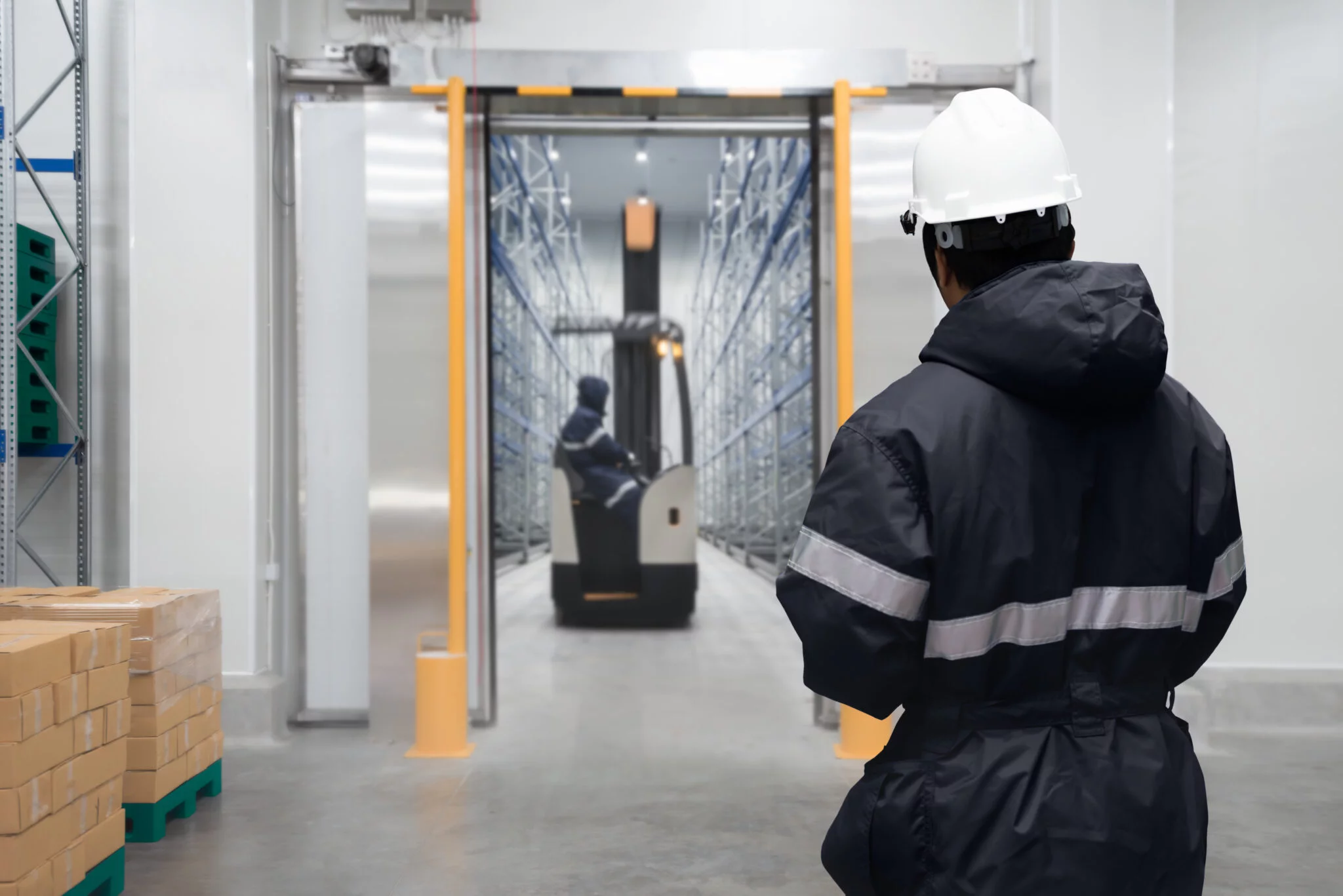The industry bodies of the Cargo Integrity Group expand on their concerns relating to cargoes that can catch fire and cause significant damage and casualties under certain conditions. Circumstances created by an alignment of mistakes, oversights, or failed controls can turn a minor incident into a major event.
Following its identification of ‘cargoes of concern’, the Cargo Integrity Group (the Group) now focuses on the issues that may commonly compromise safety by initiating or proliferating fire under certain conditions.
It is recognized that many of the cargoes in this category, labelled ‘reactive hazards’ already fall within the scope of Dangerous Goods regulations. These regulations start from the premise that the transport of Dangerous Goods is prohibited – except in accordance with the details of the regulations.
However, incidents still occur too frequently; as the judge in one casualty litigation explained, disasters are only infrequent due to a “lack of a similar perfect storm of events, and simple good fortune”. All that is required is an alignment of mistakes, oversights, or failed controls. The Group is at pains to explain the dangers associated with these cargoes and emphasize strongly that only reliance on robust diligence or precise emergency response prevents many minor incidents becoming major casualties.
Furthermore, the Group is generating greater awareness overall and urges attention to the need for stringent compliance with mandatory regulations, such as the IMDG Code, and adoption of industry good practices, such as found in the CTU Code.
Such cargoes with reactive hazards include:
Calcium Hypochlorite, a powerful oxidiser, prone to rapid decomposition. In low concentrations, the chlorine content is used as a water cleanser and disinfectant, such as household bleach and swimming pool maintenance. Decomposition – taking place constantly at a very slow rate – is accelerated by higher temperatures and by contamination. The latter can be unpredictable since it necessitates rigorous controls over the raw materials used and the entire manufacturing process.
Charcoal concerns include among others charcoal that is intended for burning on barbecues, shisha pipes etc – sometimes having been treated with accelerants to assist ignition. There has been lengthy debate at IMO to fashion a revised safety framework for transport by sea, that will become mandatory from January 2026. This will remove an unreliable test regime and require that charcoal is always declared as a DG.
Cotton and Wool, Fishmeal and Krill and Seed cake are perhaps less in the public eye, but also prone to self-heating and fire, where integrity and care are required both to ensure compliance and maintain safety during transport.
Lithium ion battery hazards are becoming known, but many are emergent, not least as science advances global energy transition. Many incidents to date have involved new batteries; the hazards will only multiply with age and deteriorating condition. While this will challenge the recycling industry, the reality is that all these products, whether new, used, in use, damaged or end of life, will impact the transport and storage industries for decades to come.
The Group calls for continued and thorough research into all the hazards presented by lithium ion batteries and dependent devices. Apart from fire, incidents have revealed risks from toxic gases and vapour cloud explosions that can be critical in transport and storage.
similar news





